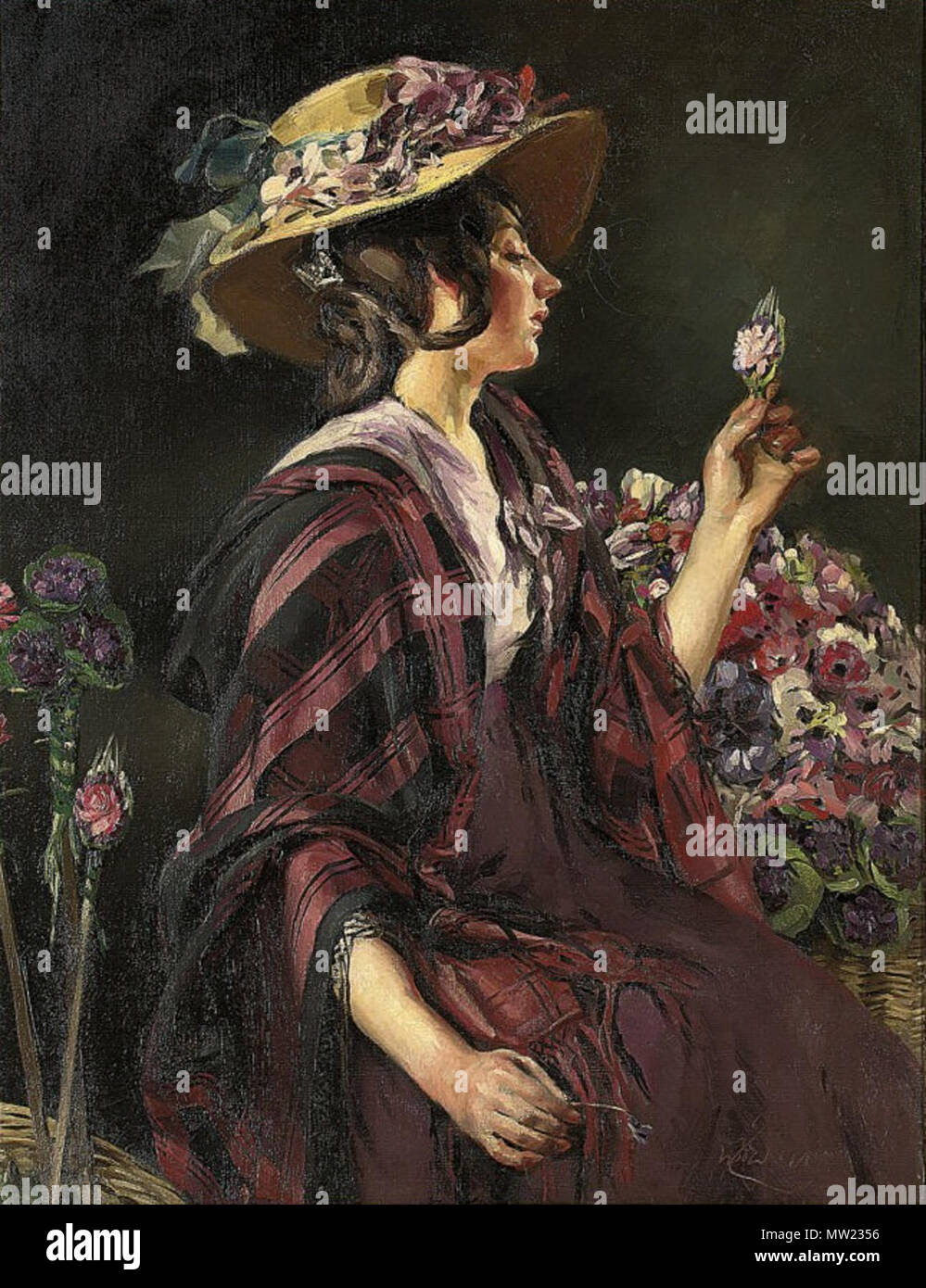

Promoted as a gentle comedy, the play also satirised class, manners and social mobility. The idea had first been mentioned by Shaw in a letter to actress Ellen Terry, dated 8 September 1897.

Pygmalion was a theatrical success in London right from its first release. Shaw's leading lady, Eliza, was a character partly inspired by a child prostitution scandal in Lisson Grove and the West End which became a press cause celebre in 1885. It is rooted firmly in actual events in Victorian Westminster. But Pygmalion also draws deeply from London’s darker realities. Pygmalion has been imitated ever since, including a 1938 film version with Wendy Hiller and Leslie Howard, the 1956 Broadway musical My Fair Lady with Julie Andrews and the 1964 Hollywood film, starring Audrey Hepburn and Rex Harrison.Īt first sight the play still appears a pleasant confection. The play featured the word ‘bloody’, rather scandalous to Edwardian sensibilities. On the surface a lightweight comedy, word of mouth recommendations suggested it was also somewhat edgy. It rapidly became a theatrical tour de force. Audiences were delighted.

The play opened in the West End, at His Majesty’s Theatre Haymarket, on 11 April 1914. In 1912 Irish playwright George Bernard Shaw completed his new five-act comedy Pygmalion, introducing theatre-goers to Eliza Doolittle, Professor Henry Higgins, Colonel Pickering and the boisterous street life of London’s Covent Garden. Illustration by Gustave Dore in "London, a Pilgrimage"Ģ012 sees the centenary of the world’s most famous play about class, manners and social consciousness. The world of Eliza Doolittle, contemporary illustration of a Covent Garden flower-seller.


 0 kommentar(er)
0 kommentar(er)
